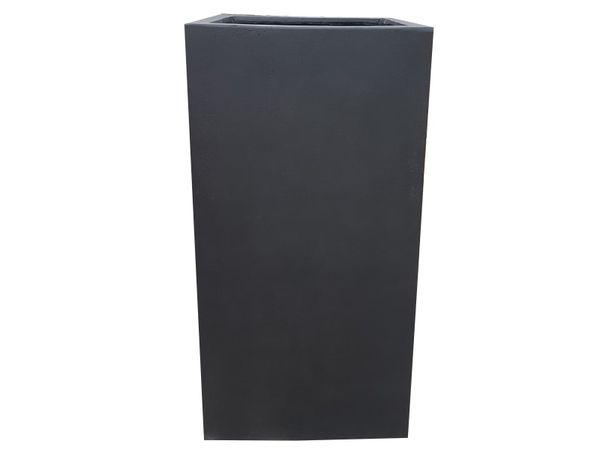
Free Cutting Service

Best Price Guarantee

10% Off £100+ Orders

5% Off First Order

Free Parcel Del. Over £100
Fibrestone Planters
Fibrestone planters are an excellent way to add interest to a garden, outside space or even indoors. They provide interest in their own right and offer practical advantages for holding plants and shrubs.
Fibrestone planters are manufactured from a mixture of fibreglass and crushed limestone (or occasionally other types of stone).
Depending on the size of the form, sand and other ingredients are often added to make the fibrestone heavier or stronger.
Fiberstone has a rough texture, not unlike concrete. It’s lighter and easier to work with than concrete, which is why it’s so popular.
Common uses of fibrestone
Fibrestone is most commonly used for planters, pots and outdoor installations. You’ll often see them in beer gardens, outside shops or hairdressers, in hotel lobbies, dividing garden areas and many other places.
Anywhere a traditional stone, concrete or wooden planter will be used, you’ll also find fiberstone.
The combination of rustic looks, ease of movement and availability make them very popular in a wide range of situations.
How fibrestone is made
Fibrestone is made from a combination of fibreglass and stone, hence the name.
Fibreglass is made from glass fibre mixed with resin. It is manufactured under pressure to create a tough but flexible material that can be cut and shaped as desired.
To make fibretsone, fibreglass is mixed with ground stone to create a flexible, but rough material.
If weight and stability are required, metal fibre, sand and other heavy materials are often added to the mix. This provides a more stable base for larger planters.
Once combined, the fibreglass and stone mixture is placed into moulds and allowed to set.
Once cured, you end up with something that looks and feels like concrete but is much lighter. It’s also more environmentally friendly than concrete, which is another advantage.
Random facts about fibretsone
Fiber stone and fibrestone are two different products. Fiber stone includes more sand and can be coloured in a variety of ways. It’s often used in art or smaller products.
Fibrestone is a more industrial product, made in a similar way but designed to be incredibly resistant to weather and damage. Ideal for planters and other outdoor installations.
The benefits of fibrestone
Fibrestone has many benefits. It’s lighter than concrete but equally resistant to wear and the weather.
Fibrestone can also be moulded into a range of shapes, making the material ideal for planters and other products. Combined with weather resistance and its hard wearing nature, this makes it ideal for use outdoors.
The material also looks and feels like real stone. This lends itself well to mixing contemporary designs with traditional finishes and provides huge scope for product design.
Can’t find what you’re looking for on our website? No problem, let us source it through our large network of suppliers. Just contact Becca, Georgina, Brooke, or Sara at sales@buymetalonline.co.uk and we’ll be happy to help.



